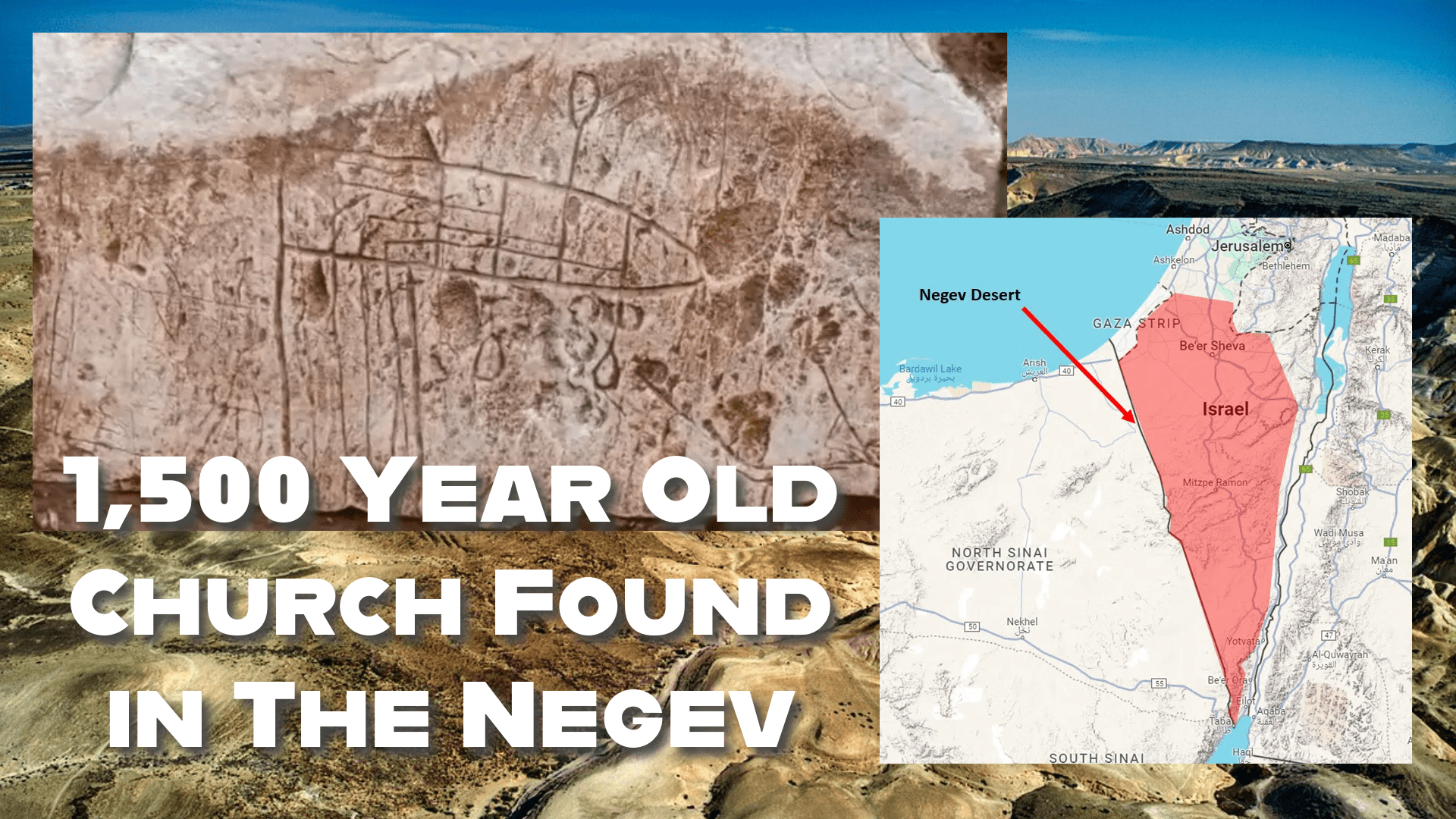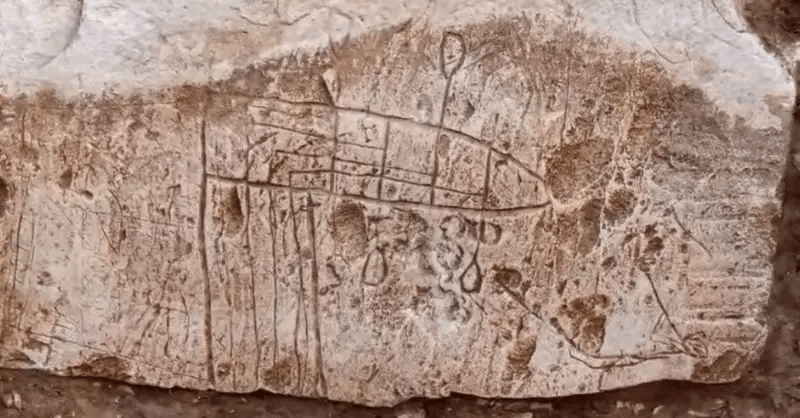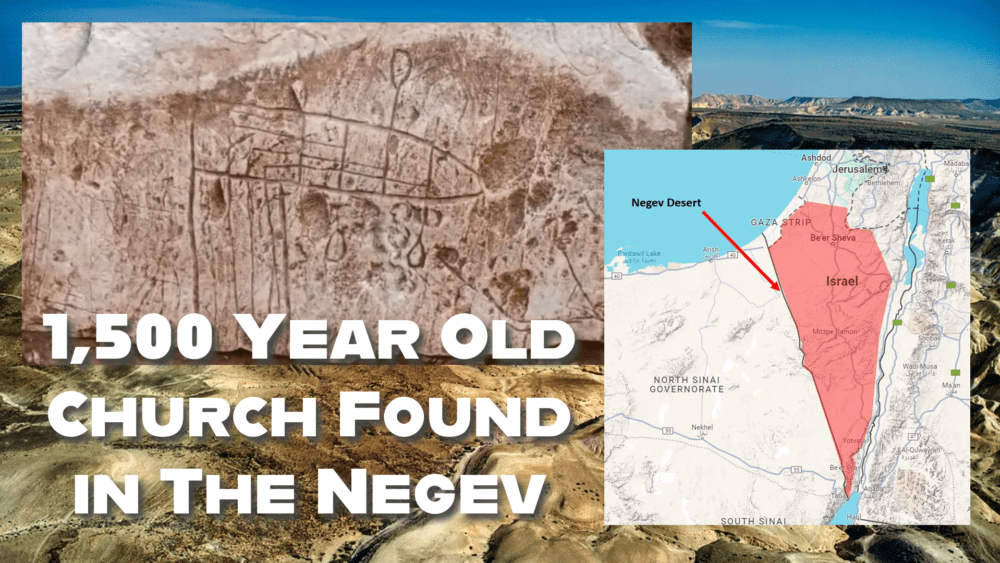
From Crosswalk.com:
Archaeologists in Israel have made a remarkable discovery: the remains of a 1,500-year-old church adorned with drawings from early Christian pilgrims. Unearthed in the Negev desert by the Israel Antiquities Authority (IAA), this significant find offers a glimpse into the past. The church, revealed during a recent excavation, will be presented to the public on June 6, according to an IAA press release, which described the discovery as a “very big surprise.”

These ancient drawings, etched into the church walls, depict ships and are believed to have been created by pilgrims shortly after they disembarked from their vessels on the Mediterranean coast. The church’s location, about a half-day’s walk from the port, suggests it was a key stop for those journeying to Jerusalem and Bethlehem. Constructed approximately 500 years after the time of Christ, the church served as a sanctuary for the faithful on their pilgrimage to holy sites, a practice that gained popularity after Roman Emperor Constantine’s conversion to Christianity in the 300s.
The excavation directors describe the drawings as a “greeting from Christian pilgrims arriving by ship” to the nearby port. They emphasize the site’s historical significance, noting that it illustrates the settlement patterns in the Northern Negev during the transition from the Byzantine to the Early Islamic period. The ship drawings are not just symbolic; they are likely realistic depictions of the vessels that brought these pilgrims to the Holy Land.
Situated along an ancient Roman road, the church was ideally located for pilgrims embarking on their sacred journeys. The IAA explains that these travelers would have followed Roman roads to significant Christian sites such as Jerusalem, Bethlehem, and various monasteries in the Negev Hills and Sinai. The newly discovered church, near Rahat, is believed to be a primary stop for pilgrims arriving at the Gaza port.
This discovery was overseen by a team of experts, including Oren Shmueli, Elena Kogan-Zehavi, Noé David Michael, and Deborah Cvikel. Eli Escusido, the IAA director, praised the find as “surprising and intriguing,” noting that it provides invaluable insights into the lives of Christian pilgrims 1,500 years ago and their maritime voyages to the Holy Land.
Learn more about biblical archaeology and history on The Bob Enyart show with Dominic Enyart, Monday through Friday at 3PM on KLTT, 670AM








